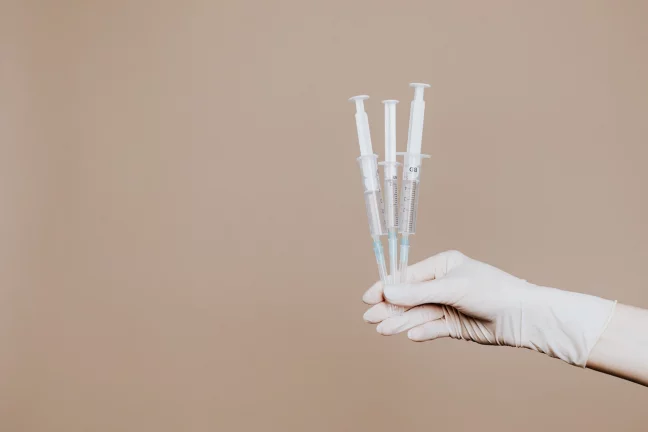- Home
- Offers
- Exosomes
- Polynucleotides
-
Brands
-
Manufacturers
- Fillers
- Treatment Areas
- Biostimulators
- Skin Boosters
- Mesotherapy
- Body
- Devices
- Threads
- Needles
- Cannulas
- Cosmetics
- Library
- Academy
- Blog
- Medical Advice
- e-FILLERS Before + After Studio
- About us | Contact
Categories
Recent Posts
Products
-
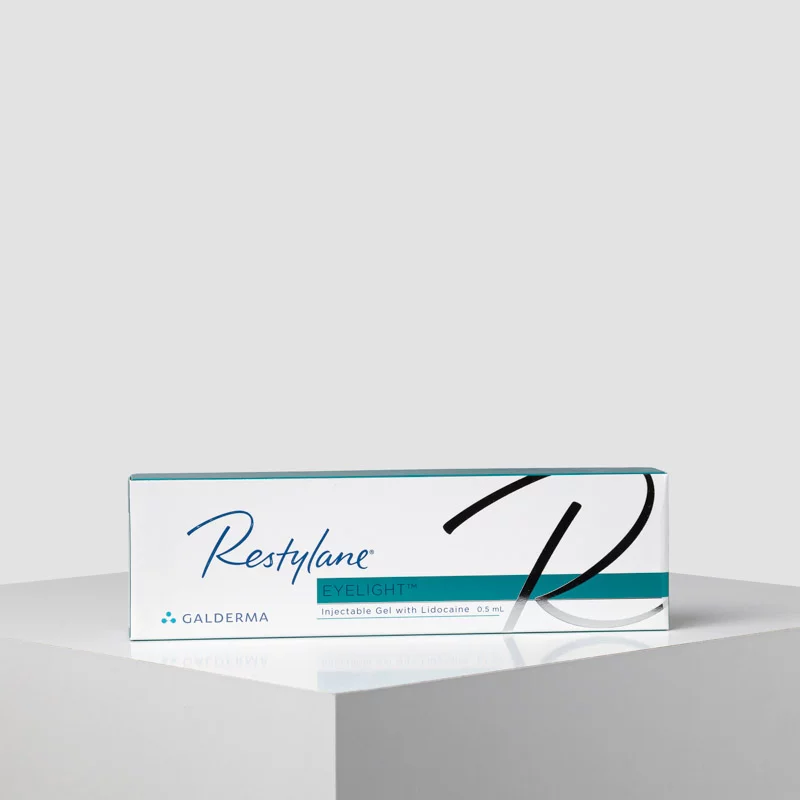
54,00 € 48,60 € -10%
Restylane® EYELIGHT™ - 1x0,5ml -

62,00 € 55,80 € -10%
JALUPRO® Young Eye - 1x1ml -
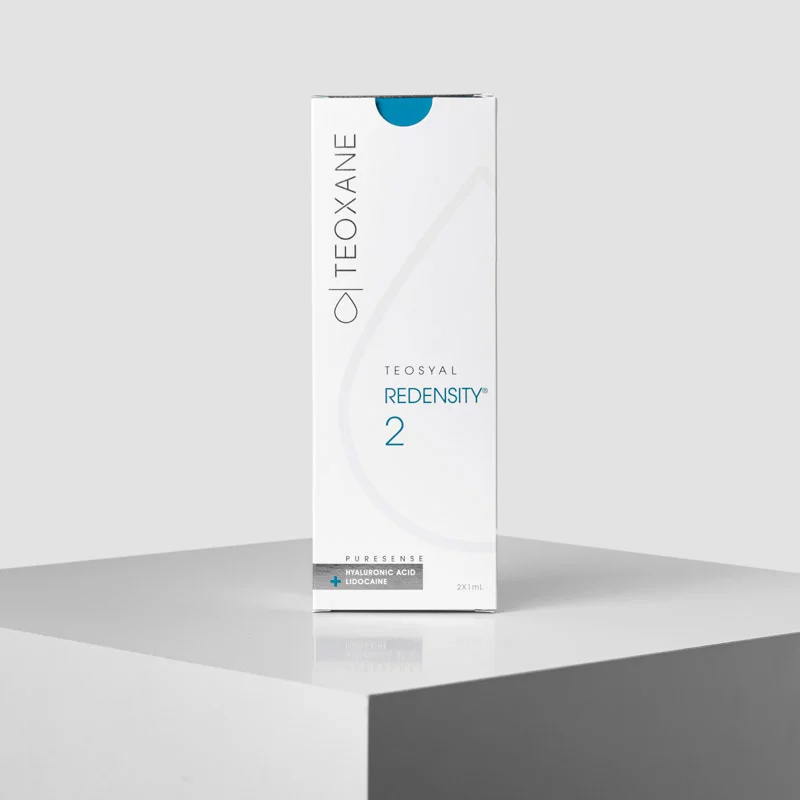
147,00 € 132,30 € -10%
TEOSYAL PURESENSE REDENSITY® 2 - 2x1ml -

84,00 € 75,60 € -10%
STYLAGE® Bi-SOFT S - 2x0,8ml -
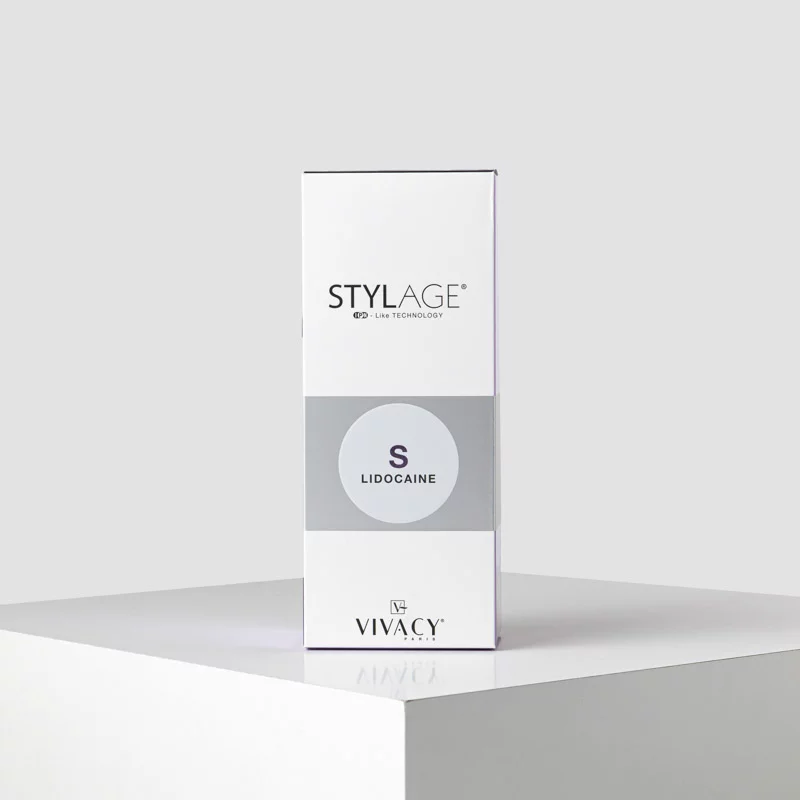
88,00 € 79,20 € -10%
STYLAGE® Bi-SOFT S LIDOCAINE - 2x0,8ml
-

- Author e-FILLERS Team
- May 20th, 2024
Revealing the Secret to Radiant Eyes: Dermal Fillers for Tear Trough Rejuvenation
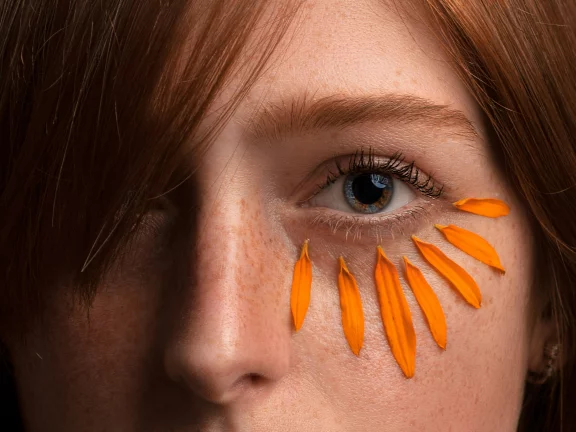
Tear Trough Rejuvenation
The delicate under-eye area, often referred to as the tear trough, can be a telltale sign of aging, stress, and fatigue. Health professionals understand the profound impact that subtle changes in this area can have on a patient's overall appearance and self-confidence.
Fortunately, advancements in aesthetic medicine have paved the way for transformative solutions, with dermal fillers emerging as a game-changer in tear trough rejuvenation.
Let’s explore the science behind tear trough deformities, the role of dermal fillers in addressing this concern, and key considerations health professionals looking to offer this sought-after treatment to their patients
Understanding Tear Trough Deformities
The tear trough, located beneath the lower eyelid, is a depression that can deepen and become more pronounced with age. This hollowing effect is often exacerbated by factors such as genetics, volume loss, thinning skin, and the accumulation of fat pads. As a result, patients may experience dark circles, under-eye bags, and a tired or aged appearance, despite adequate rest and skincare routines.
The Role of Dermal Fillers in Tear Trough Rejuvenation
Dermal fillers, specifically formulated for the delicate under-eye area, offer a non-surgical solution for addressing tear trough deformities and restoring a youthful, refreshed look. Hyaluronic acid-based fillers, renowned for their safety profile and natural results, are commonly used in tear trough rejuvenation. These fillers work by replenishing lost volume, smoothing out depressions, and improving skin texture and elasticity.
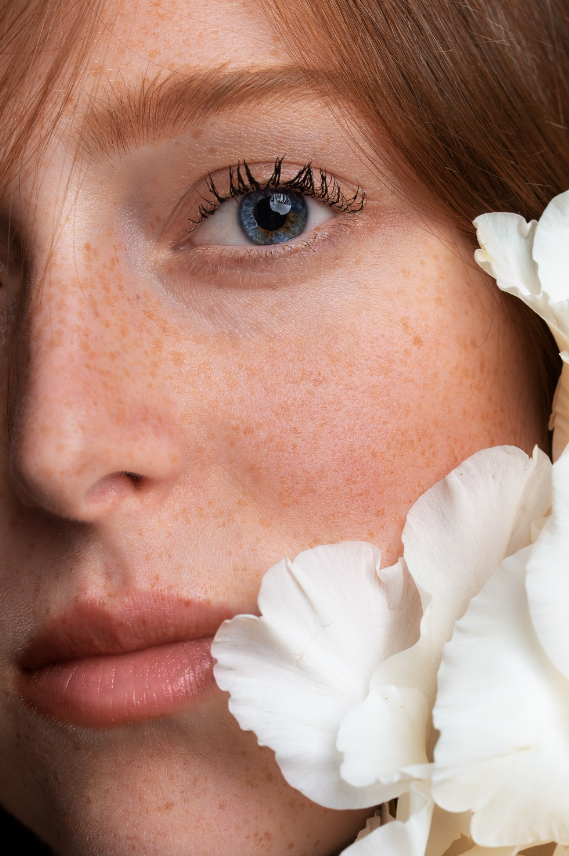
Educate patients about the benefits, risks, and limitations of tear trough rejuvenation with dermal fillers.
Key Considerations for Health Professionals
- Patient
Selection and Assessment:
- Conduct
a comprehensive consultation to assess the patient's concerns,
medical history, and aesthetic goals.
- Evaluate
the severity of tear trough deformities, skin quality, and underlying
anatomical structures to determine candidacy for dermal filler treatment.
- Customized
Treatment Plans:
- Tailor
treatment plans to each patient's unique anatomy, addressing specific
concerns such as volume loss, hollowing, or discoloration.
- Consider
combining dermal
fillers with complementary treatments such as neuromodulators,
chemical peels, or topical skincare for enhanced results.
- Advanced
Injection Techniques:
- Employ
advanced injection techniques, such as microcannulas or cross-hatching,
to achieve precise placement and optimal outcomes.
- Focus
on minimizing discomfort, bruising, and swelling through meticulous
technique and the use of topical anesthesia or nerve blocks.
- Patient
Education and Expectations:
- Educate
patients about the benefits, risks, and limitations of tear trough
rejuvenation with dermal fillers.
- Manage
expectations by discussing realistic outcomes, potential side effects,
and the need for maintenance treatments to sustain results.
Tear
trough rejuvenation with dermal fillers represents a powerful tool in our
arsenal for combating the signs of aging and enhancing facial harmony. For health
professionals, it's essential to stay informed about the latest advancements in
aesthetic medicine and to approach each patient with sensitivity, empathy, and
a commitment to delivering safe and effective treatments. By harnessing the
transformative potential of dermal fillers in tear trough rejuvenation, health professionals can
help the patients achieve brighter, more youthful eyes and renewed confidence
in their appearance.
Dermal Fillers
5 myths about dermal fillers anyone needs to know
.webp)

.webp)




.webp)

